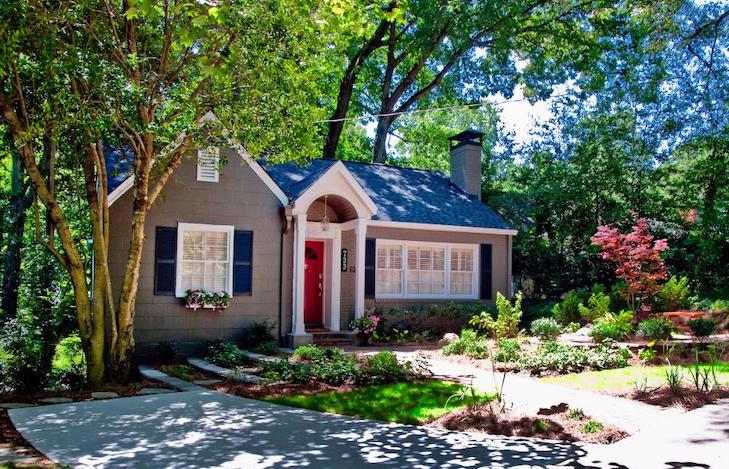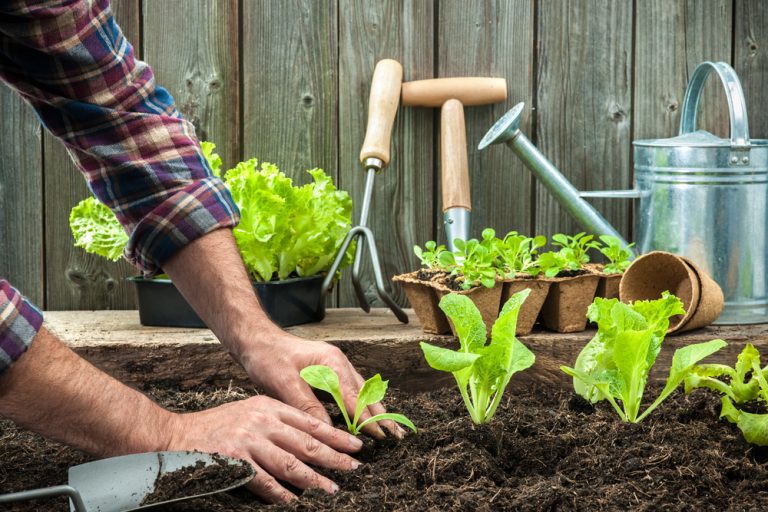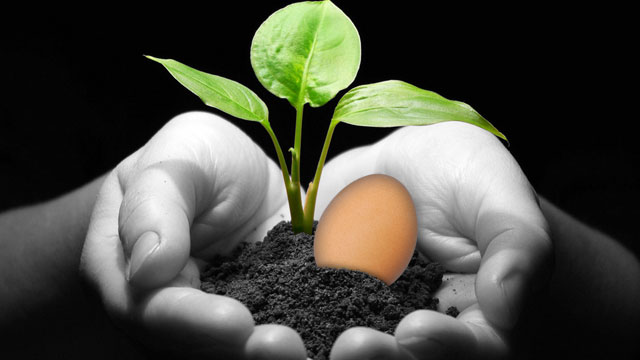“The best time to plant a tree was 20 years ago, the next best time is today.” ~ Chinese proverb. And if you can’t plant a tree today, try this weekend. There are many reasons to plant a tree, including the health benefits, cost savings, and increased property value. Check out these benefits of trees that you might not have in mind.
Tree benefits we all need to know
Fall is generally a good time to plant most trees, and not just because the weather is better for landscaping. Warm soil combined with cooler air helps roots establish before winter and without the stress of summer heat.
Here are some essential reasons why you should consider planting trees on your property.
Increase property value
One of the benefits of trees that their owners like very much is that they add curb appeal, and that sells. Even if you don’t plan to stay in your house until your tree is fully mature, shade trees and ornamental trees will make your home more attractive when it comes time to sell. Many studies have found that homes on wooded lots sell for more money. Even studies by real estate experts have found that tree-lined retail areas and office buildings are more desirable and require higher rent.
Reduce utility bills
If planted wisely, trees can help conserve energy and lower your utility bill. Find out how to strategically place trees to provide shade in summer, warmth in winter, and winter windbreaks.
Improve air quality
Remember this in elementary school science class? Trees consume carbon dioxide and produce oxygen , and humans are the opposite. Therefore, trees not only provide us with a fresh supply of oxygen, but they remove large amounts of air pollution and improve air quality, especially in urban areas. Additionally, several studies have found that being near green spaces helps reduce stress and promotes physical activity. Then you will not only breathe better, but you will exercise more.
Fight water pollution
Storm water runoff carries soil pollutants into rivers and streams, such as fertilizers, car oil, pesticides, and pet waste. Wooded areas help absorb chemicals before they reach our water supplies and waterways.
The trees are pretty
When we are children, what is one of the first things we learn to draw? A tree. Whether in the shape of a lollipop, cone, or deciduous tree in winter, we all love looking at trees and tree photos. That’s especially true in the fall when we start to think about the different types of trees in our yards and which ones will give the best display of color.
Improve yard health
Trees can also increase the health of your garden in a number of ways. For example, if your property has a slope, erosion can be a big problem. Planting a weeping willow or two near the slope can help prevent soil erosion.
Trees give free mulch
Mulching fall leaves with a lawn mower can act as a natural weed deterrent. The cushion leaves provide nutrients, not only for the tree itself, but also for your garden or other plants. Try planting a tree like Ginkgo Biloba Autumn Gold, which drops most of its leaves at once, making mulching easier.
Improve your mental health
A theory that links human happiness with contact with nature claims that the presence of trees promotes well-being. Trees are strongly linked to fewer negative thoughts, fewer symptoms of depression, better mood, and greater satisfaction with life. Another study mentions that residents of wooded communities feel healthier and have fewer cardio-metabolic conditions than their counterparts.
They create a screen
One of the most beloved shade trees, the Red Maple Tree, is large and wide, over 15 meters high and 12 meters wide. Its large size helps it act as a great screen all year round. In warmer months, Red Maple provides a screen for privacy and natural noise. The full foliage helps block the view on your patio. If you are in a suburban or urban area, it can also help block out noise. Researchers in photochemistry and photobiology have found that full canopy shade trees can also act as a natural sunscreen, providing coverage similar to UPF 10 sunscreen.
Grow food
Trees can be doubly beneficial in your garden, adding beauty, but also serving as a food source if you plant a pear, apple, citrus, or other fruit or nut tree. An apple tree can produce up to 15-20 bushels (120 to 160 gallons) of fruit per year and can be planted in the smallest urban lot. In addition to fruit for humans, trees provide food for birds and wildlife.
They reduce crime
Trees are also known to reduce crime. A Chicago public housing study found that there is less crime, personal and property, in apartment buildings surrounded by trees. They cited two reasons. One, vegetation helps to relax people, thus reducing aggression. And two, green spaces often become gathering spaces where people come together to create community and care for each other.
Before buying trees
Find out what grows well in your area. A native species is more likely to thrive. See what works well in your neighbors’ yards and ask the experts at the nursery.
Trees are wider than larger. Make sure your tree’s roots have enough room to spread and grow. Know where your underground utilities are and plan accordingly. If you’re planting trees on a sidewalk lawn (also known as tree grass or berms, depending on where it is), stick to smaller varieties.
Look up before planting. Don’t plant tall trees under power lines. That 1-meter sapling may not seem threatening now, but in a few years, it may be hitting utility lines and leaving you and your neighbors in the dark. Plant small ornamental trees along power lines.
Trees need some care in their first year. Even if the store label says your new tree is drought tolerant, it still needs to be watered frequently for the first four seasons. Also, make sure you cover it properly. Don’t create big mounds or “volcanoes” around the trees. Leave a 20-centimeter gap between the mulch and the tree trunks.









